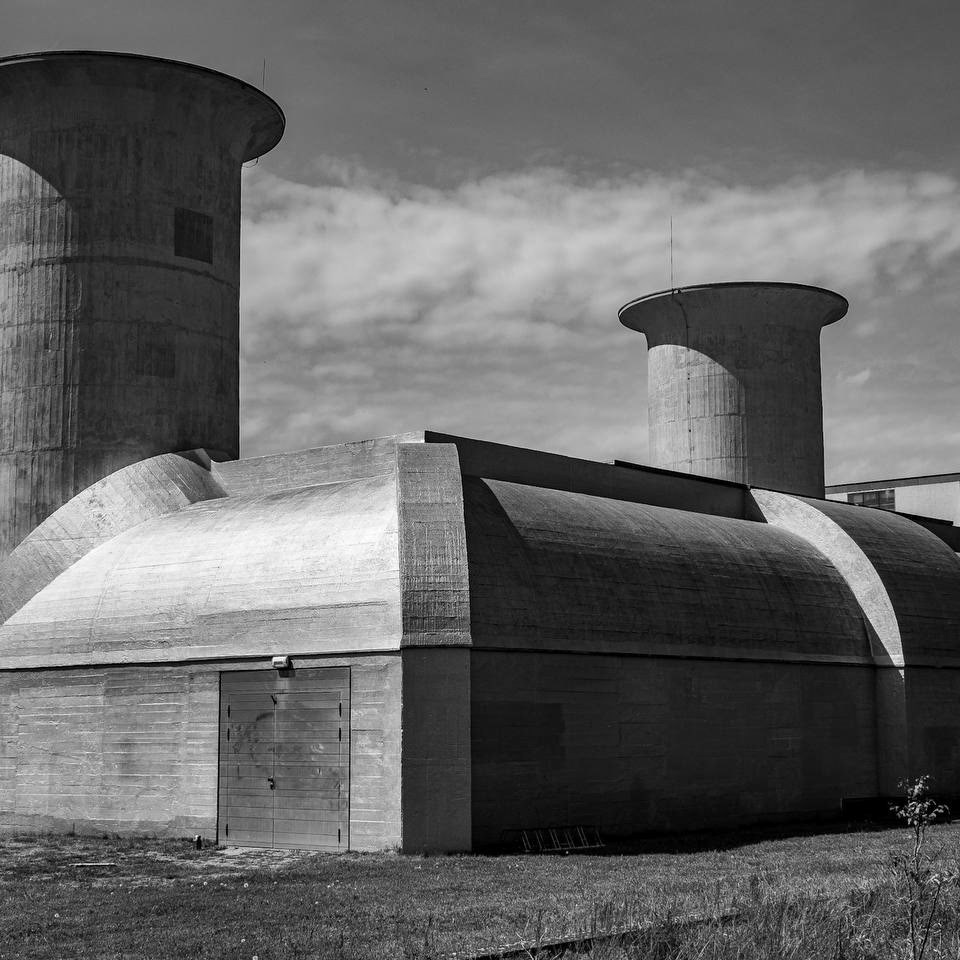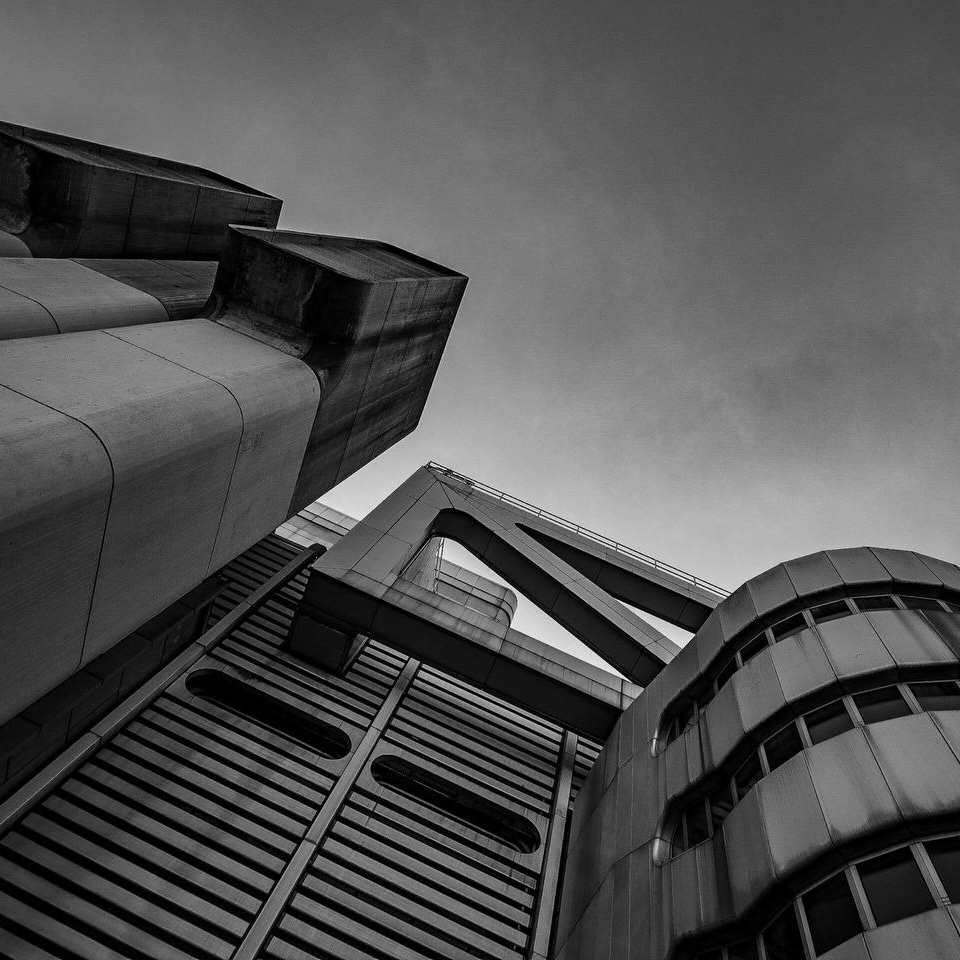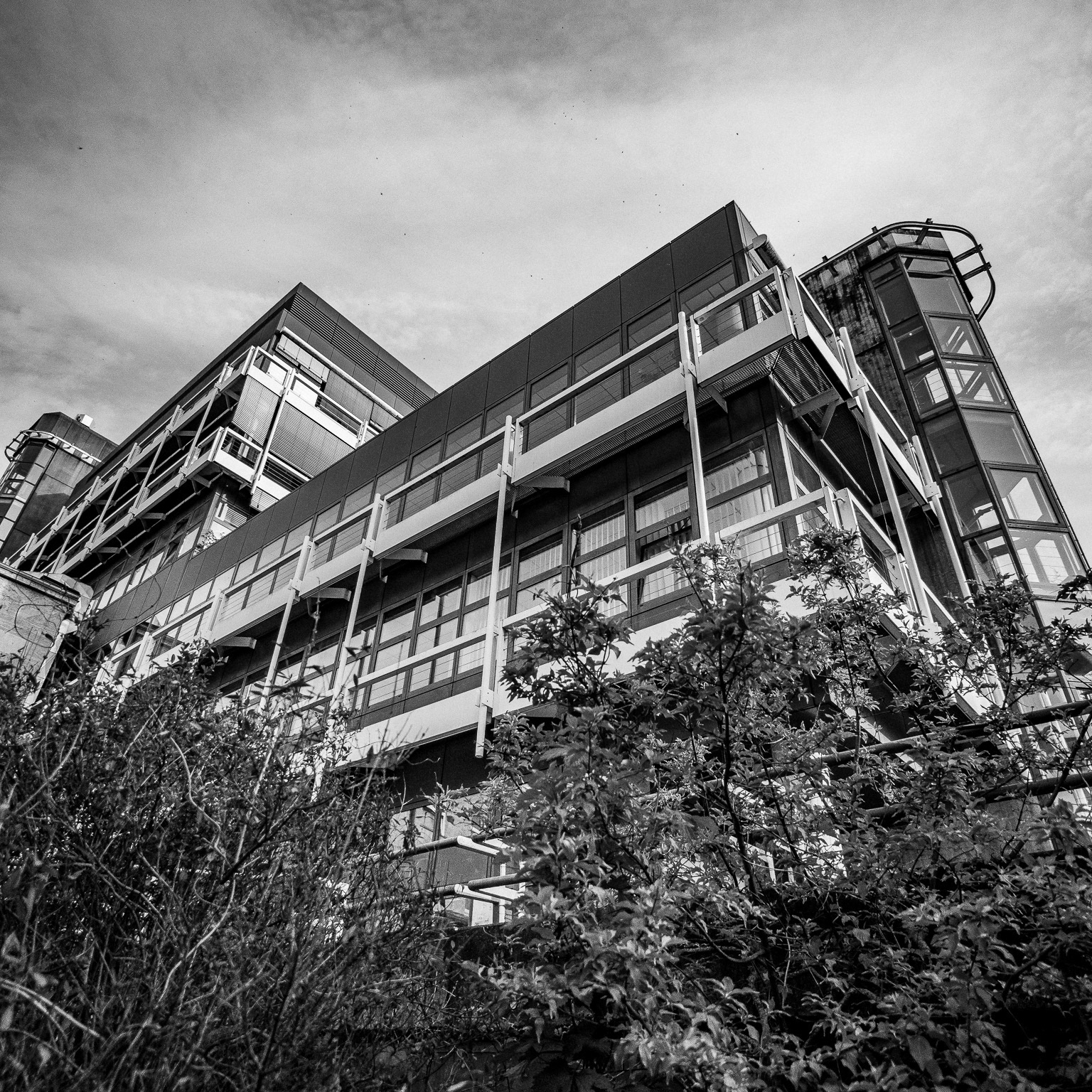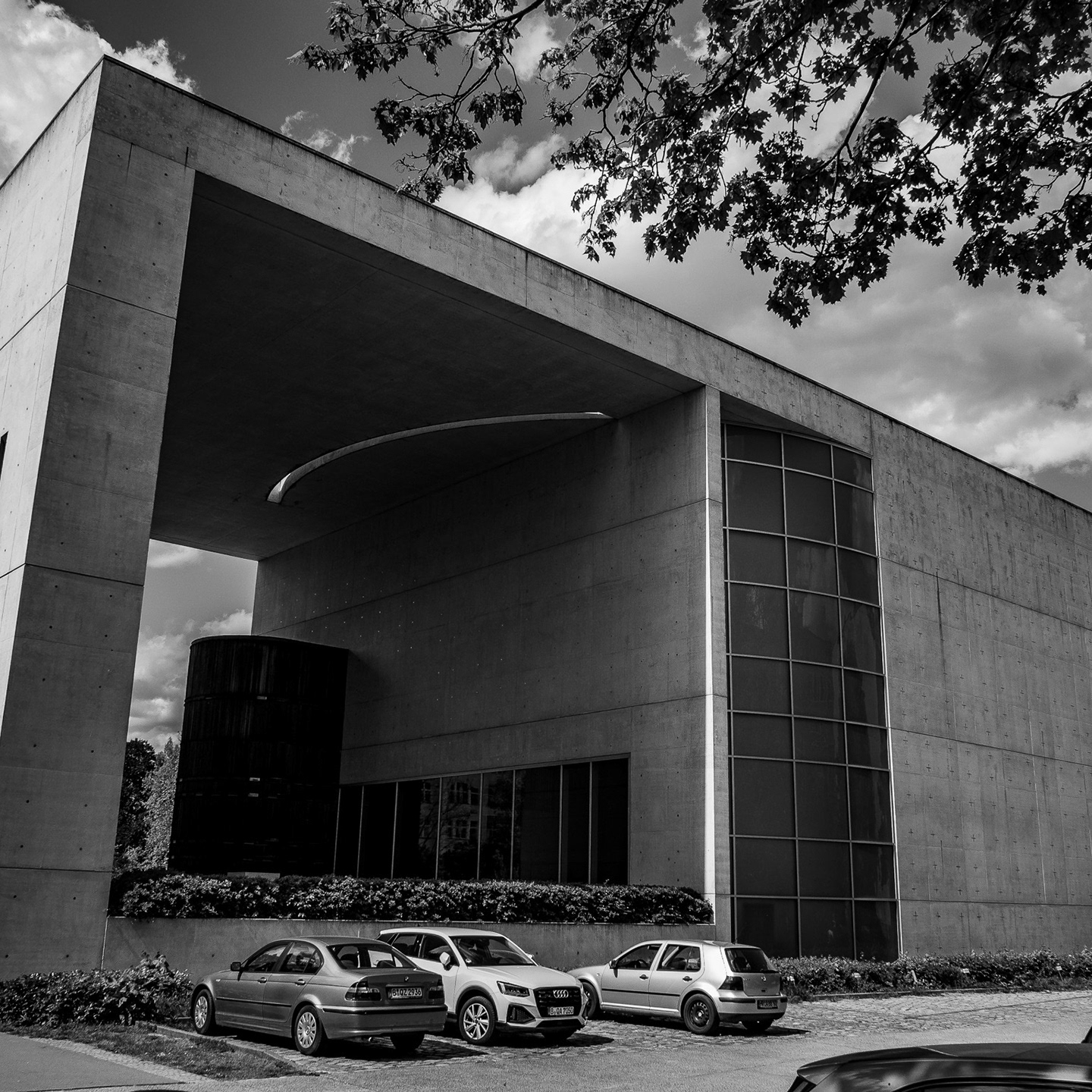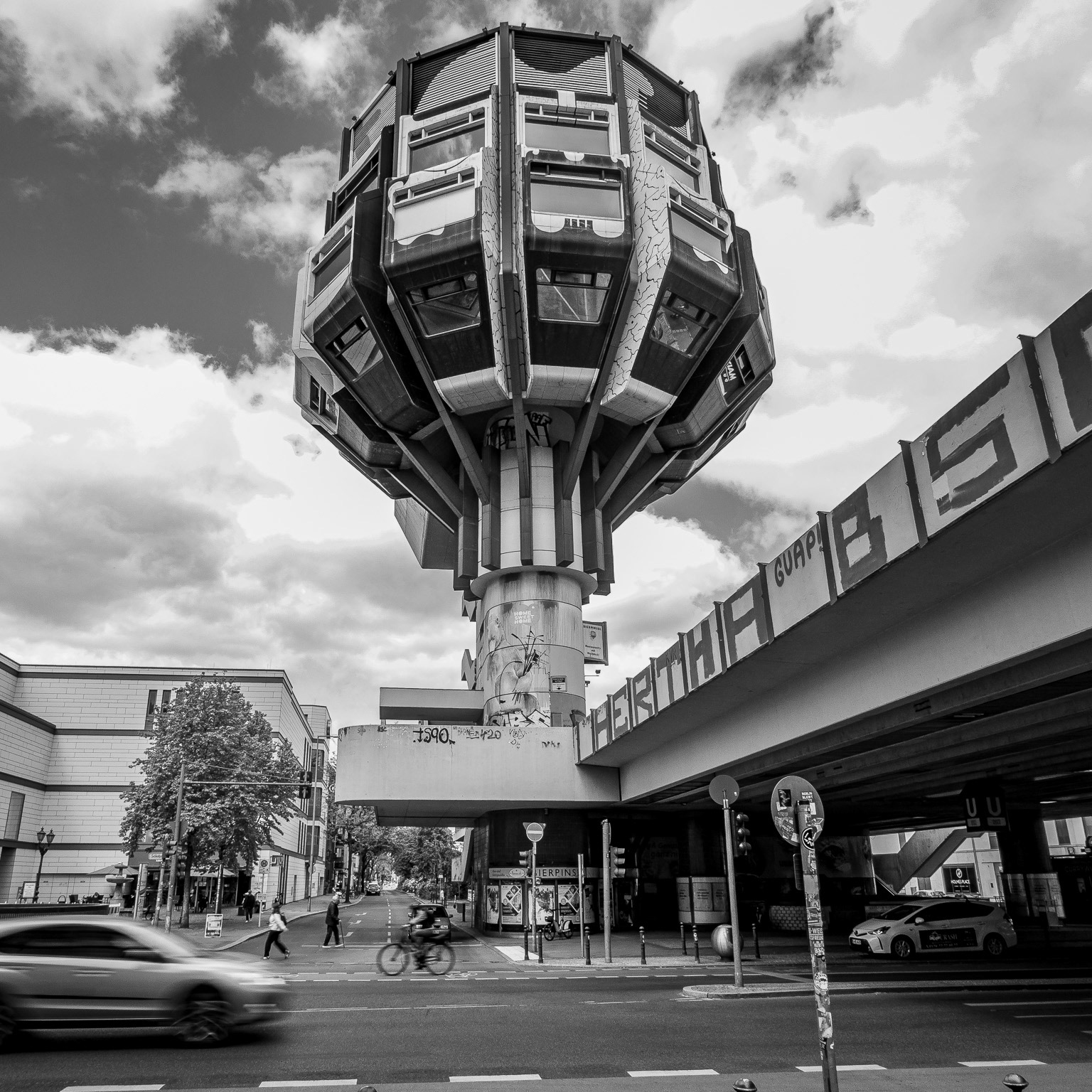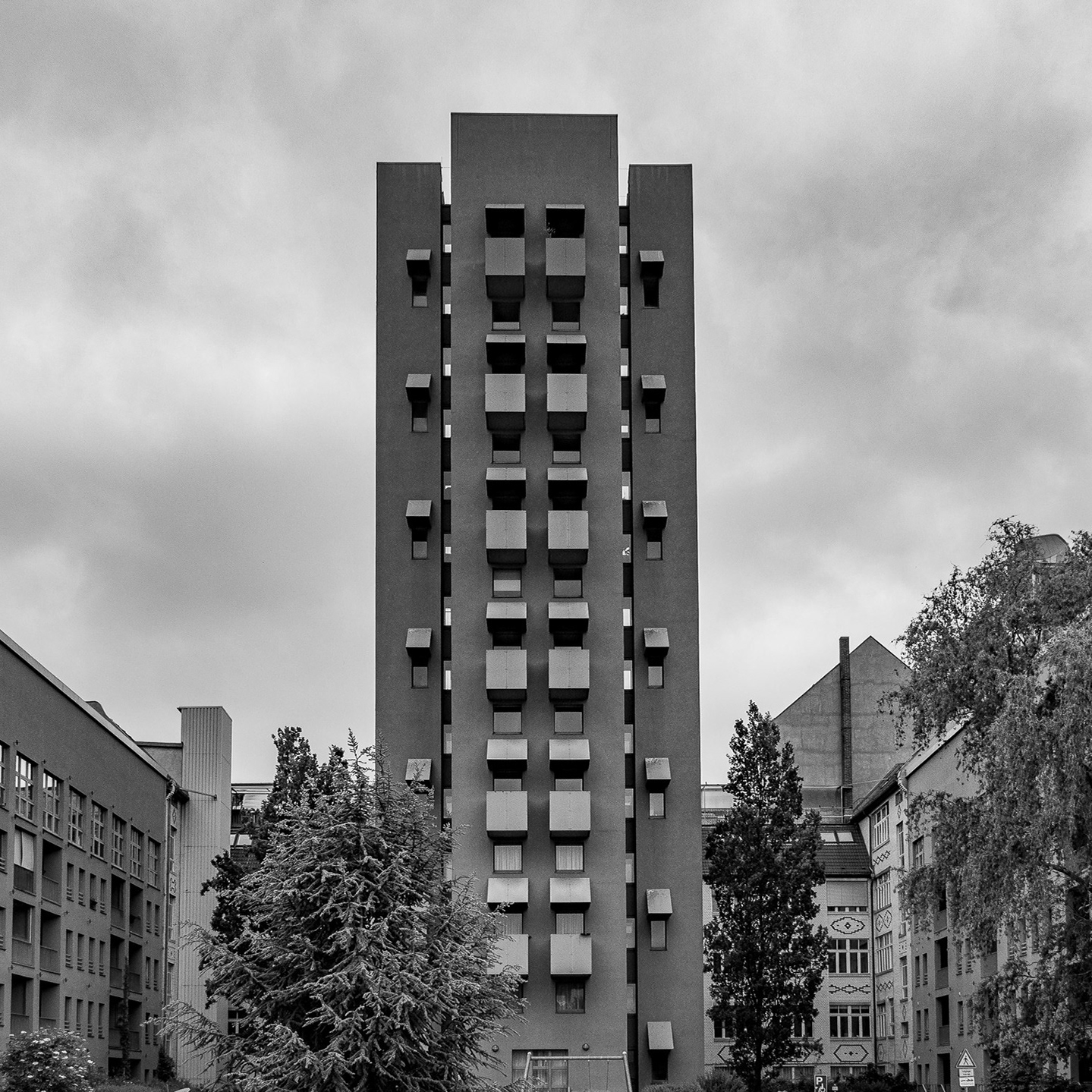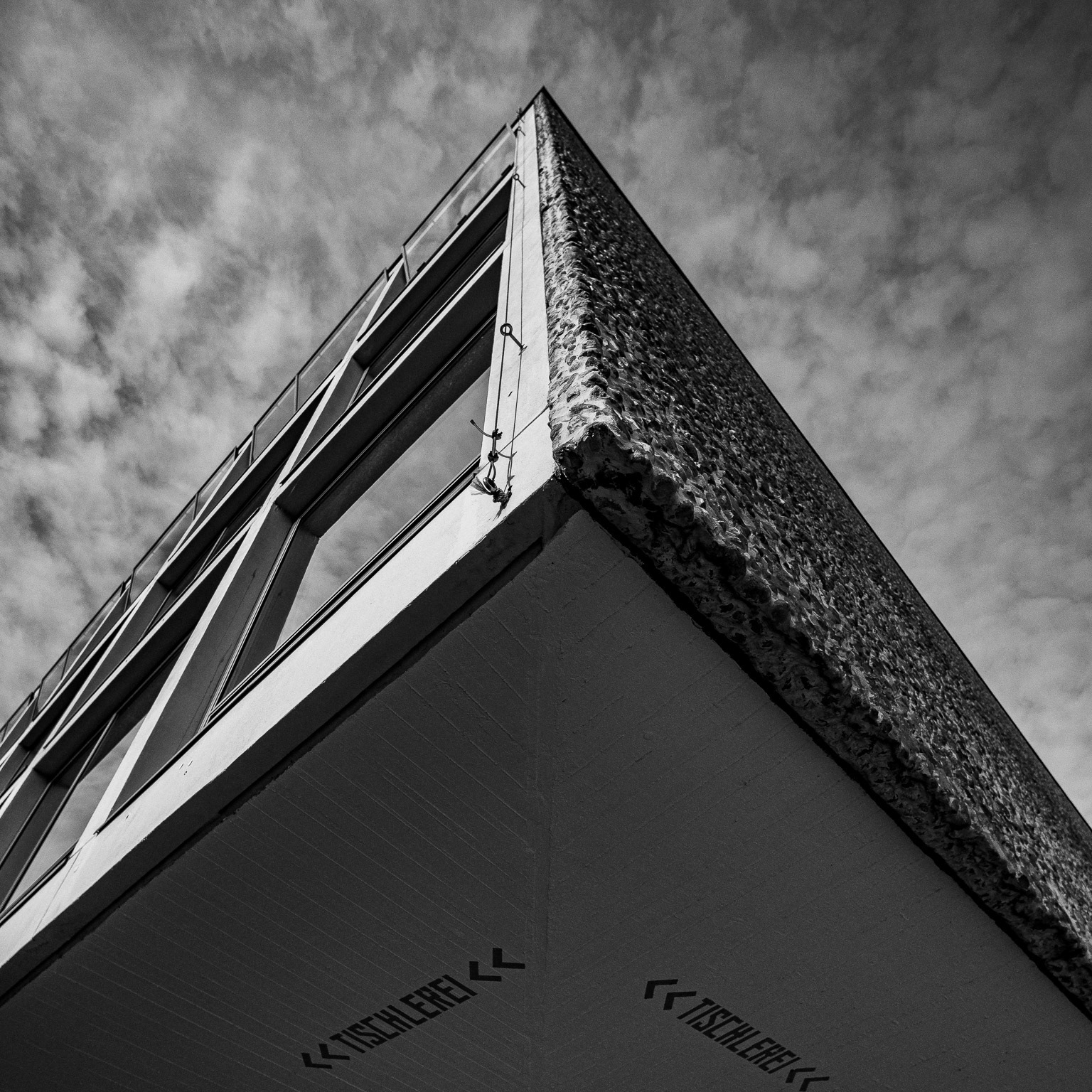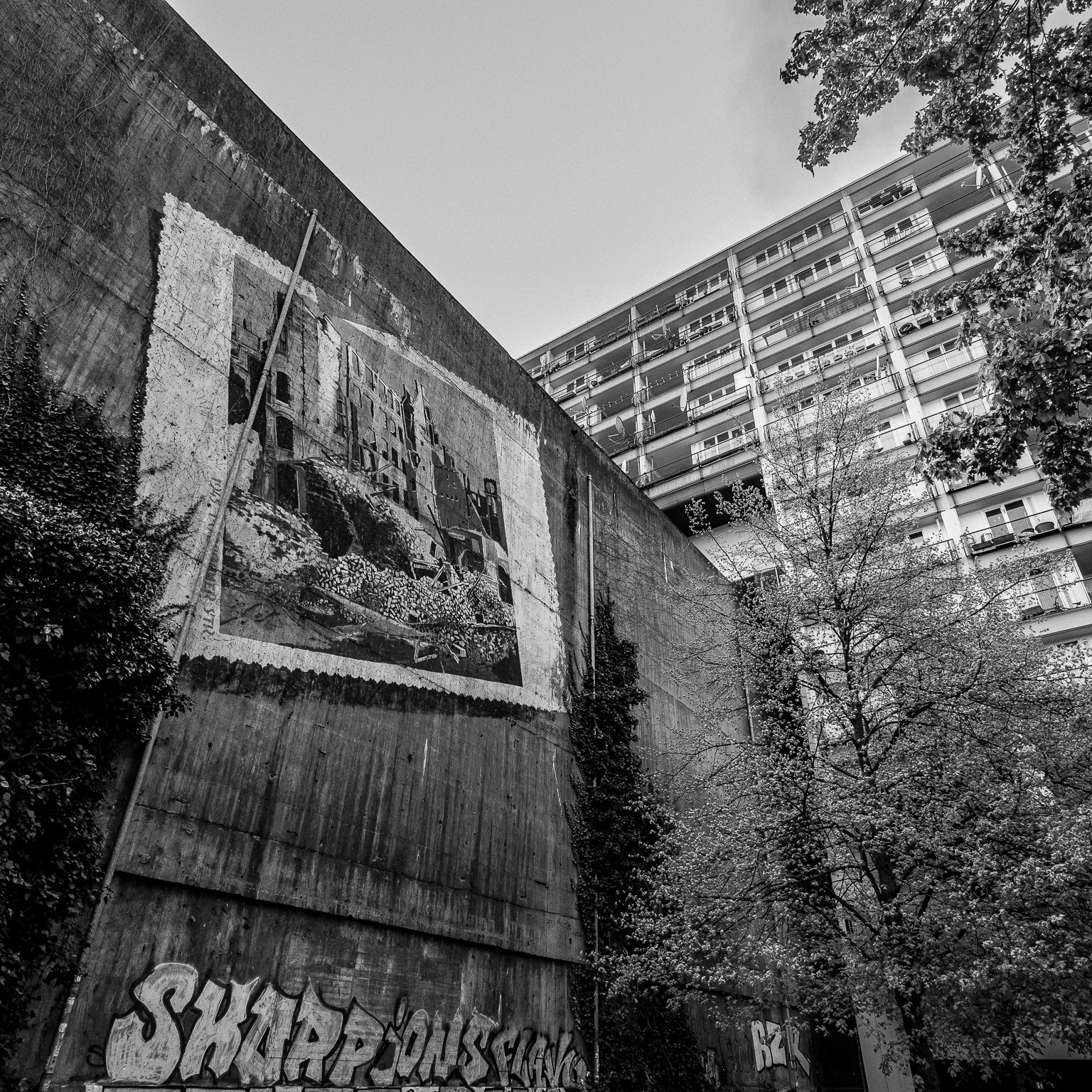1999 | Daniel Libeskind
Lindenstraße 9–14, 10969 Berlin
In Daniel Libeskind's "Garden of Exile," olive trees planted within a cubic structure symbolize tradition, trust, hope, and the future. The use of cubes highlights the importance of foundations and enduring values. The sloped design of the installation suggests ongoing positive progress.
Unlike similar aesthetic uses of geometric forms and altered surfaces by other artists like Eisenmann, Libeskind's inclusion of olive trees distinctly shifts the artwork's meaning, embedding it with a sense of growth and continuity in the face of historical or cultural adversity.
Sources: https://www.artatsite.com/Berlin/details/Libeskind-Daniel-Peter-Eisenman-Lindenstrasse-9-Garten-des-Exils-Gesamt-Juedisches-Museum-Berlin.html
Photos: Eric Bauermeister

